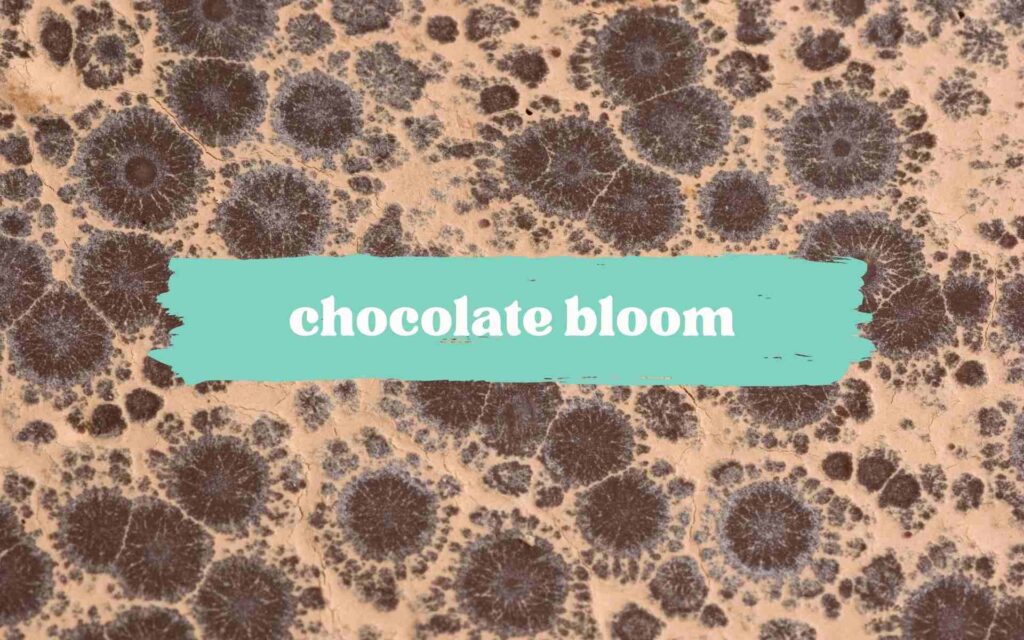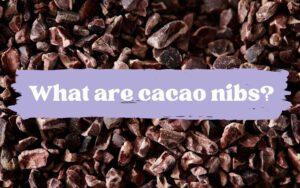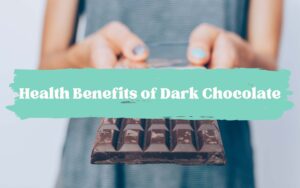Have you ever unraveled an old bar of chocolate only to find it having a slightly white color? Chances are the chocolate had bloomed.
But what does that mean? In this blog post, we will discuss what chocolate bloom is, what causes it and how to avoid it. We will also cover whether or not chocolate bloom is safe to eat.
So, if you want to learn everything there is to know about chocolate bloom, keep reading!
What is chocolate bloom?
Chocolate bloom is when chocolate has a dusty white, sometimes marbled, appearance. Although chocolate bloom is completely harmless, it can make your chocolate look less appealing. It also influences the mouthfeel and flavor of chocolate slightly.
What causes chocolate to bloom?
The main reason why chocolate blooms is because it has been stored in the wrong conditions and at the wrong temperature. When it comes to blooming, there are two types: sugar bloom and fat bloom.
Sugar bloom
Sugar bloom is usually an indicator that the chocolate was kept too cold (for example the fridge).
When chocolate is kept in the fridge, condensation forms on the surface of the chocolate. The water from the condensation draws the sugar from the inside of the chocolate to the surface, causing the sugar to dissolve. When the sugar eventually dries it creates a white powdery film on the chocolate.
Sugar bloom can also happen if the chocolate is stored in a very humid environment.
Fat bloom
Fat bloom can be caused either by storing chocolate at too high of a temperature or if the chocolate wasn’t tempered correctly to begin with.
When chocolate is too warm, the cocoa butter within the chocolate melts and rises to the surface.
When the chocolate isn’t tempered correctly, it means the cocoa butter hasn’t been secured in the write crystal structure. This causes the butter to separate from the other ingredients in the chocolate. When chocolate is tempered correctly it gets its distinctive shiny appearance.
Is chocolate bloom safe to eat?
Yes! Bloomed chocolate is perfectly safe to eat. However, the chocolate might not taste as good as chocolate that hasn’t bloomed.
Why? Because separating the sugar or cocoa butter from the rest of the ingredients was not the intention of the chocolate maker. Bloomed chocolate has a crumbly and unpleasant mouthfeel, which also impacts the flavor of the chocolate.
How can you fix bloomed chocolate?
There is no reason to throw away bloomed chocolate, as it’s still safe to eat. The good news is that it’s also fixable!
To fix bloomed chocolate you’ll need to re-tempering it. You can follow our guide on tempering chocolate here.
Be aware that tempering chocolate requires a little bit of time and patience, but the outcome will be a shiny chocolate bar.
Alternatively, you can use bloomed chocolate in baking or in making hot chocolate.
How to avoid chocolate from blooming?
The best way to prevent chocolate from blooming is storing it correctly in the first place. Ideally, your chocolate should be kept in an air-tight container and at a temperature of around 15°C to 18°C (59°F – 64°F).
Frequently Asked Questions (FAQs) About Chocolate Bloom
What does it mean if chocolate blooms?
When chocolate blooms it’s usually caused by having been stored at the wrong temperature. Blooming chocolate happens when either the sugar or the cocoa butter is separated from the chocolate mixture and solidifies on the surface, leaving behind a chalky white appearance.
At what temperature does chocolate bloom?
Fat bloom occurs when the chocolate gets too warm. This usually happens at a temperature higher than 24°C (75°F).
What to do with chocolate that bloomed?
Chocolate that’s bloomed is still perfectly fine to eat. The texture and flavor may not be exactly how the chocolate maker intended, however, it’s still edible. Alternatively it can be used in baking or for making hot chocolates.










